
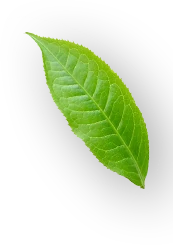
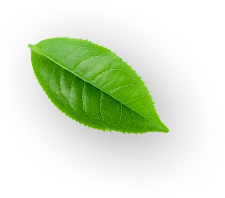
Oolong tea grows in cool temperatures on hilly mountains and rocky terrain. There are some stories behind Oolong tea that may at first seem unrealistic. According to one story, oolong tea is made from large black leaves heavily oxidized, shaped, and twisted to resemble a mystical Chinese dragon. According to another story, Oolong teas were accidentally discovered by a farmer, Wu Liang, who one day was tired after a long day of tea picking when he discovered that tea leaves were already oxidizing. Oolong tea, in short, originated in China. Later, Taiwan also started to produce it. Today, China and Taiwan dominate the Oolong tea market, with Taiwan leading as the best Oolong tea manufacturer.
Oolong tea has no serious side effects, even when consumed in large quantities. The only risk is for people with caffeine sensitivity. Oolong tea contains a very small amount of caffeine. If you are allergic to caffeine, it is recommended not to try the Oolong or any type of tea besides herbal tea.
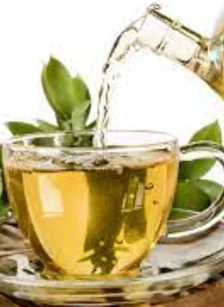
Oolong tea is famous for its over-oxidization. But some Oolong teas are more oxidized than others, and hence, they may taste different. The flavor of oolong tea can range from sweet to toasty. The color of the Oolong tea may also vary from greenish to gold-brownish.
A tale tells of a man named Wu Liang (later corrupted to Wu Long, or Oolong) who discovered oolong tea by accident when he was distracted by a deer after a hard day's tea-picking, and by the time he remembered to return to the tea it had already started to oxidize.[8]
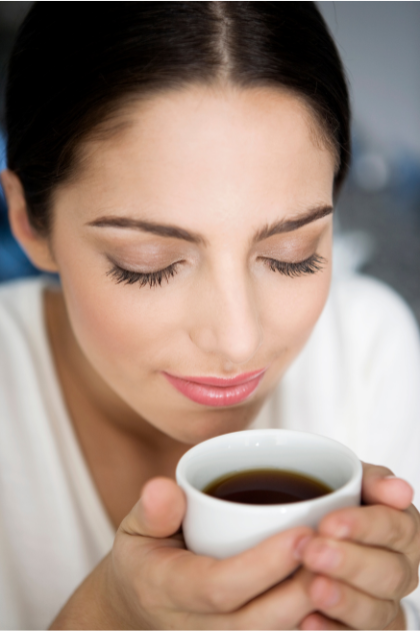
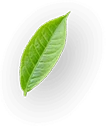
The tea processing is usually the same for all teas. Fresh leaves of Oolong tea are picked and withered – an important step in starting the oxidization process. The fresh oolong leaves are tossed and shaken and left to dry under the sun for several hours.
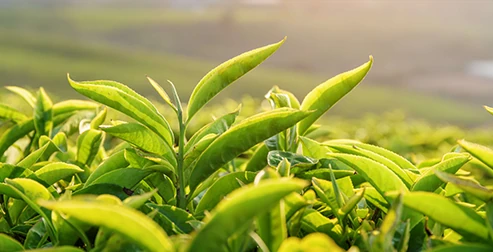
The withering process helps the leaf leave moisture and dry completely. Withering is also an important step for shaping the leaves and ensuring that they don’t break in the next steps when they are rolled. After being exposed to sunlight, the leaves are left to cool down.
This step prepares the leaves for the next step- light rolling. In the light rolling, the leaves get the unique shape that they are famous for. The leaves in the rolling are brushed to break the cell walls of the leaves. After rolling, the leaves are chemically oxidized, as oolong tea is the most oxidized form of tea. The oolong teas are oxidized from 8% to 80%, depending on the type of oolong tea being processed. Once the leaves are oxidized, heat is applied to stop further oxidization of the leaves. This step is known as roasting. The roasted leaves are then rolled to give the final shape. After the rolling, the leaves are left to dry and hand-sorted for packaging.

Recommended brewing techniques for oolong tea vary widely. One common method is to use a small steeping vessel, such as a gaiwan or Yixing clay teapot, with a higher than usual leaf to water ratio.[15] Such vessels are used in the gongfu method of tea preparation, which involves multiple short steepings.[16]
For a single infusion, 1-to-5-minute steepings are recommended, depending on personal preference.[17] Recommended water temperature ranges from 80–95 °C (180–205 °F).[17][15]



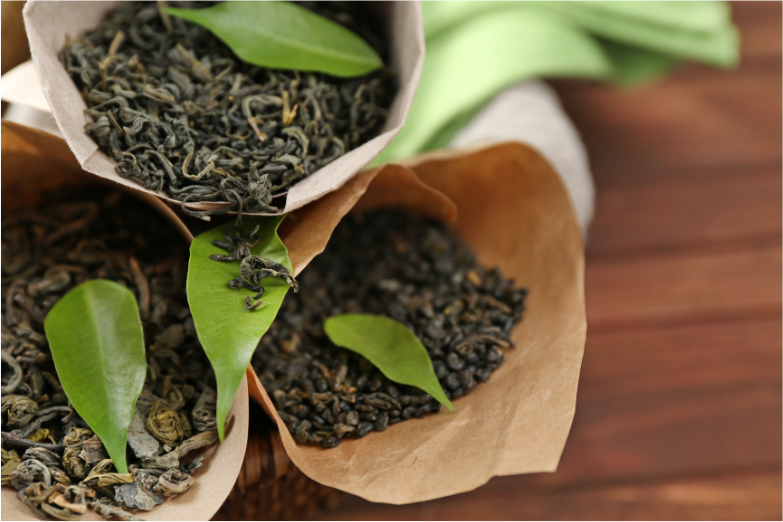
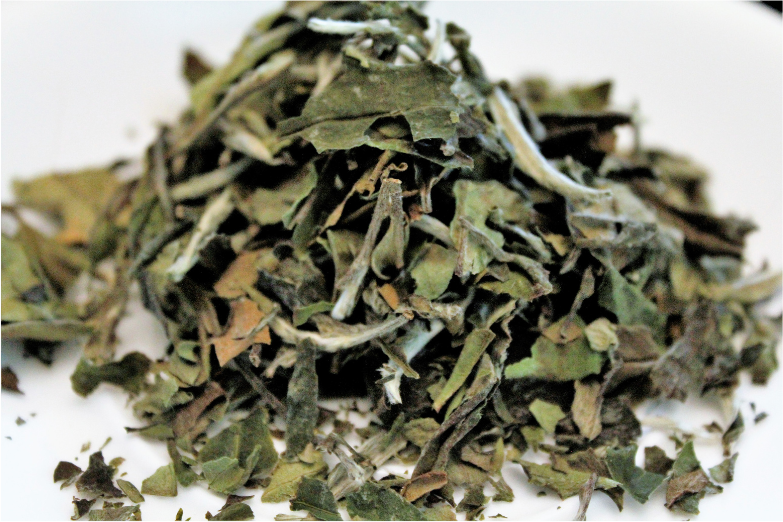

Oolong tea contains fluoride, which is effective in preventing dental cavities. Fluoride is usually added to all mouth products, such as mouthwash and toothpaste. Oolong tea can provide natural fluoride for a healthy mouth.

According to a study in Taiwan, people who drank Oolong tea for a longer period had reduced chances of
...developing throat and neck cancer. According to the findings, each cup of Oolong tea leads to a 4% reduced risk of developing neck and throat cancer.